Behind the Big House in Arkansas was inspired by the work of Jenifer Eggleston, Chelius Carter, and Dr. Jodi Skipper in Holly Springs. The program is a collaboration between Preserve Arkansas, the Black History Commission of Arkansas, the Slave Dwelling Project, and a changing group of partners. The program fills a need for sustained conversations about slavery in the state, since the painful history is overlooked with the emphasis on Arkansas’s frontier history. It is easy to forget the ways the slave trade and plantation slavery shaped the economic and cultural history of the state, since the majority of the plantations that lined the Mississippi River no longer stand. Behind the Big House is managed by Preserve Arkansas, a statewide nonprofit that advocates for historic preservation. It works to build stronger communities by reconnecting Arkansans to their heritage and empowering people to save and rehabilitate historic places.
The Arkansas program, with its multi-regional focus, differs from the one in Holly Springs. The programming has changed each year to different locations, with varying partnerships, which have been key to the program’s development. Preserve Arkansas developed the program in 2015 with the support of the Arkansas Humanities Council and the National Endowment for the Humanities. The Black History Commission and the Slave Dwelling Project have been continual partners. Year one, the program was held at Historic Washington State Park in southwest Arkansas in partnership with Arkansas State Parks and the Arkansas Archeological Survey. Year two, the program partnered with Lakeport Plantation and Arkansas State University Heritage Sites Office to hold the program in southeast Arkansas. Year three, the program was held in Little Rock and partnered with the Historic Arkansas Museum.
Rather than tours of slave dwellings, the free two-day event features presentations, living history, and the opportunity to sleep in a slave dwelling. The audience ranges from Preserve Arkansas members, public interpretation specialists, museum curators, historic preservationists, educators, students, and members of the public.
Year One: Historic Washington State Park
The program focused on slave dwellings as important historic structures, the role of African American foodways in interpreting these structures, and the interpretation of African American lives in historic sites and museums. The first night consisted of a cocktail hour at the Sanders kitchen, a reconstructed slave dwelling. Historic interpreter, Jerome Bias, prepared a beef and okra gumbo and sweet potato pone based on enslaved foodways, and Joseph McGill discussed the Slave Dwelling Project with attendees and slept in the Sanders kitchen. Both Bias and McGill are part of the project, Inalienable Rights: Living History Through the Eyes of the Enslaved, a group of living historians of slavery from Georgia, North Carolina, Virginia and South Carolina.
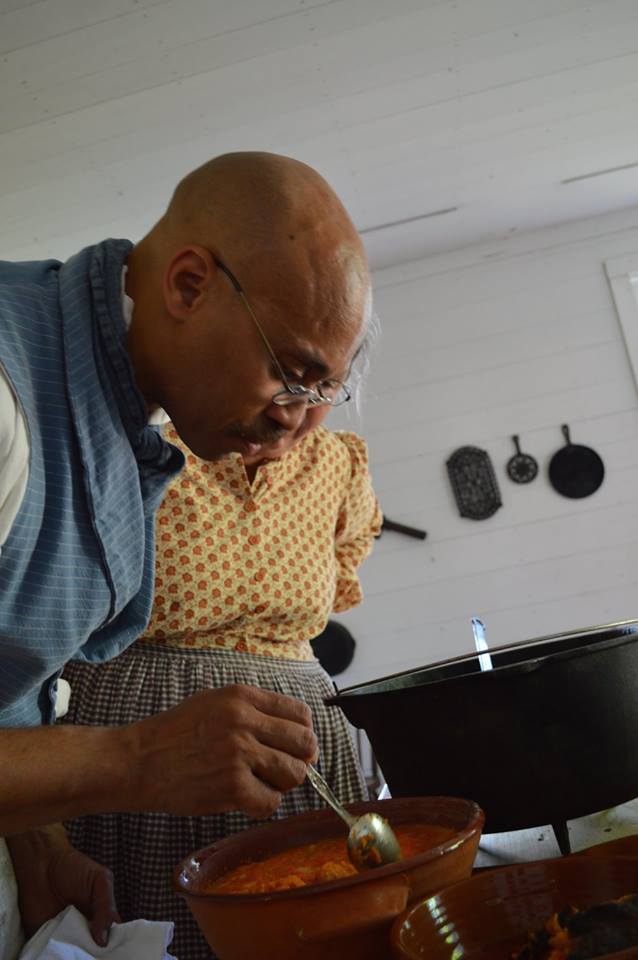
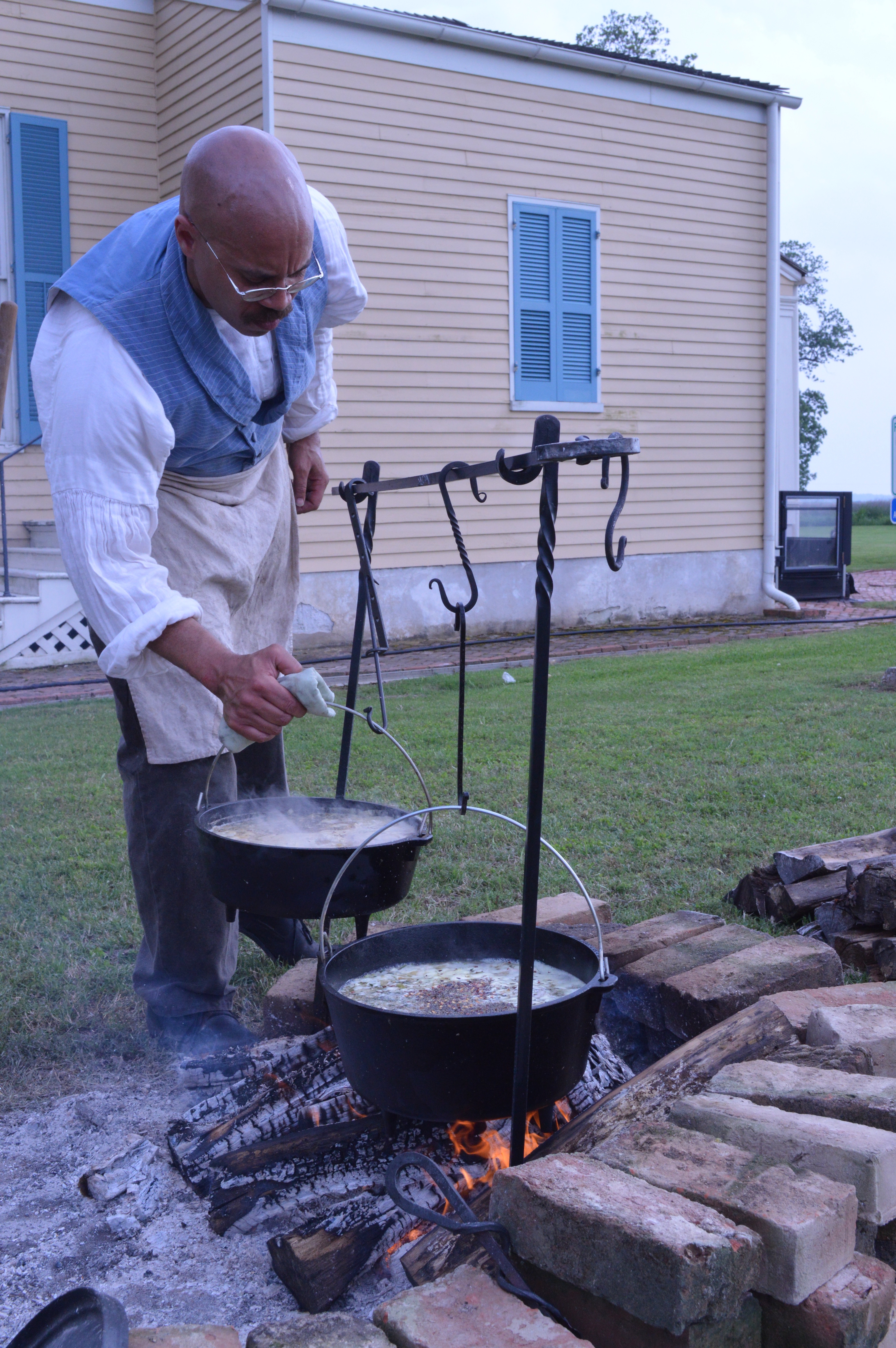
On the second program day, Dr. Jamie Brandon (Arkansas Archeological Survey) talked about the archeology and history of Historic Washington. Dr. Jodi Barnes (Arkansas Archeological Survey) introduced archeology as a teaching tool for educating young people about slavery. Joseph McGill lectured on the Slave Dwelling Project and Jerome Bias on the development of the foodways program at Stagville State Historic Site in North Carolina and how it was established to attract more African American visitors. Dr. Jodi Skipper (University of Mississippi) highlighted important issues encompassing heritage tourism development in the Southern United States and how representations of various racial groups are confronted and conflicted in historic site interpretations. Josh Williams and Historic Washington interpreter, Billy Nations, provided a tour of the town.
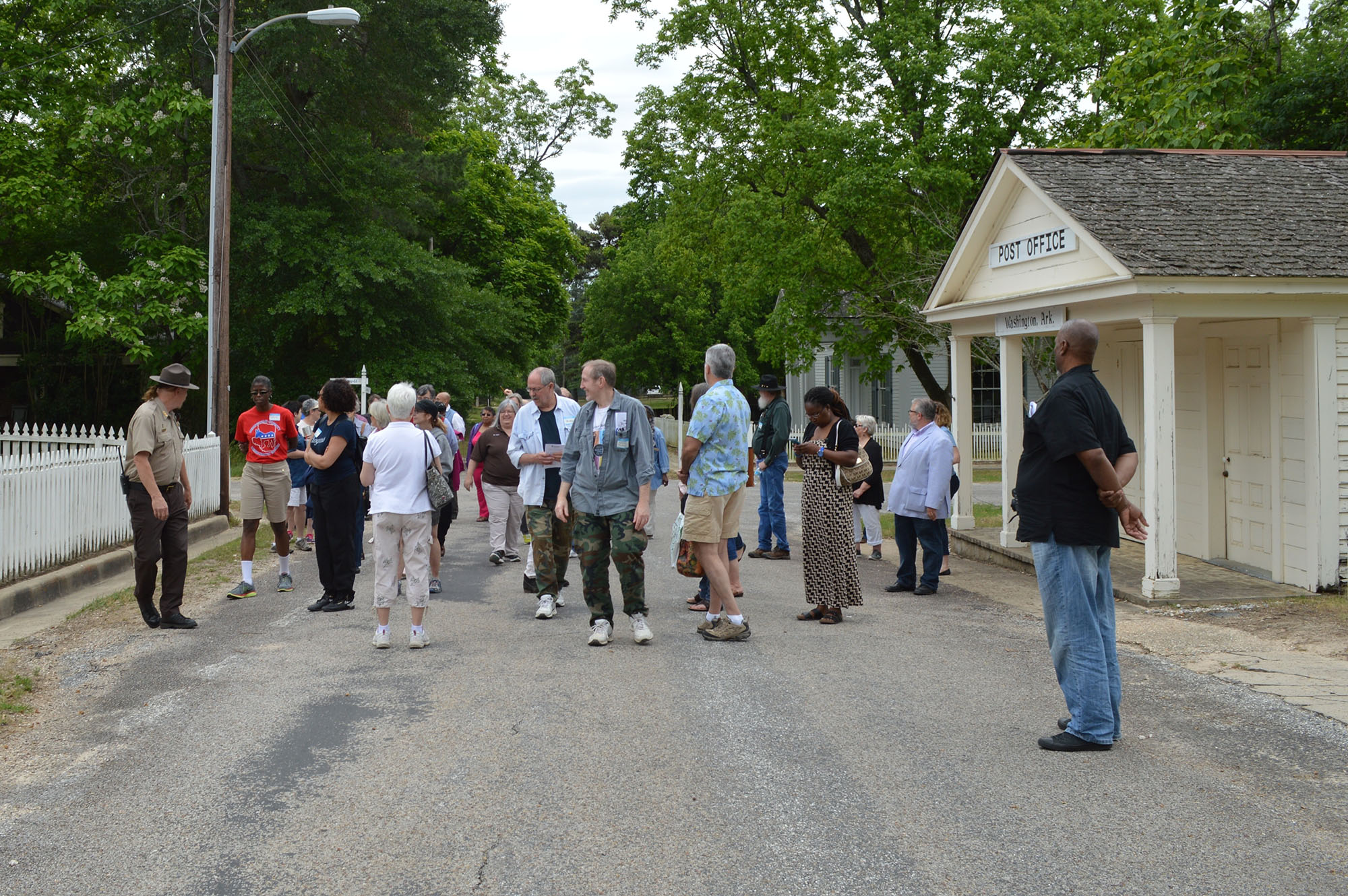
Year Two: Lakeport Plantation
Preserve Arkansas partnered with Lakeport Plantation in southwest Arkansas, an 1859 plantation owned by Arkansas State University’s Heritage Sites program. The program focused on primary sources – WPA Slave Narratives, deeds, and pension records as well as genealogy and living history. On the first night, Jerome Bias prepared gumbo and strawberry shortcake and Joseph McGill slept in the Lakeport kitchen.

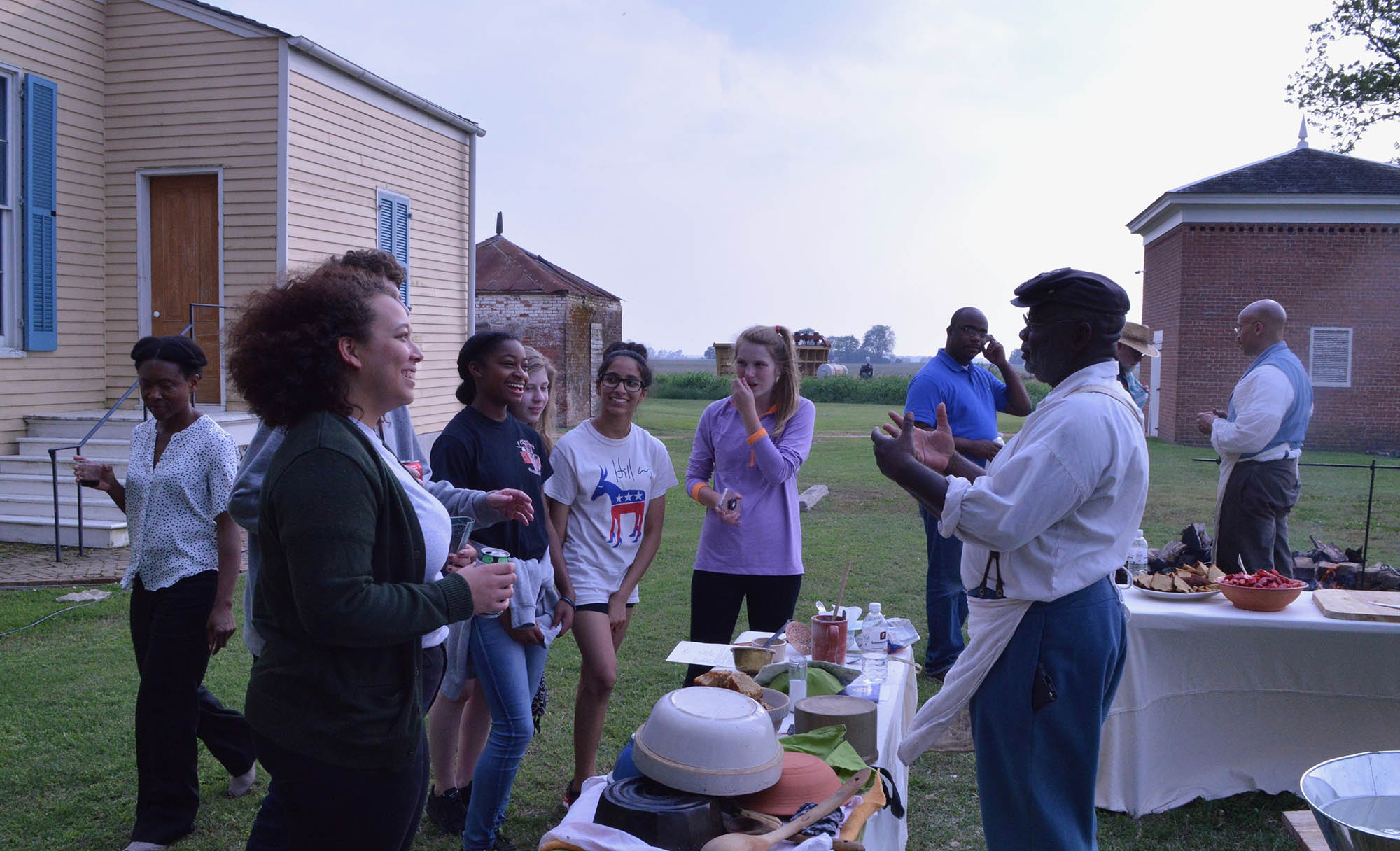
On the following program day, Bias, McGill, and Skipper again gave presentations, in addition to Angela Walton-Raji, a historian and specialist in African American and Native American genealogy. Dr. Blake Wintory (Lakeport Plantation) included some research on pension files at the National Archives in the 2017 grant and gave a talk about what he learned about enslaved laborers at Lakeport from those documents. Voices In the Past, an Arkansas-based living history troupe, portrayed the lives of enslaved laborers from Chicot County, based on WPA Slave Narratives.
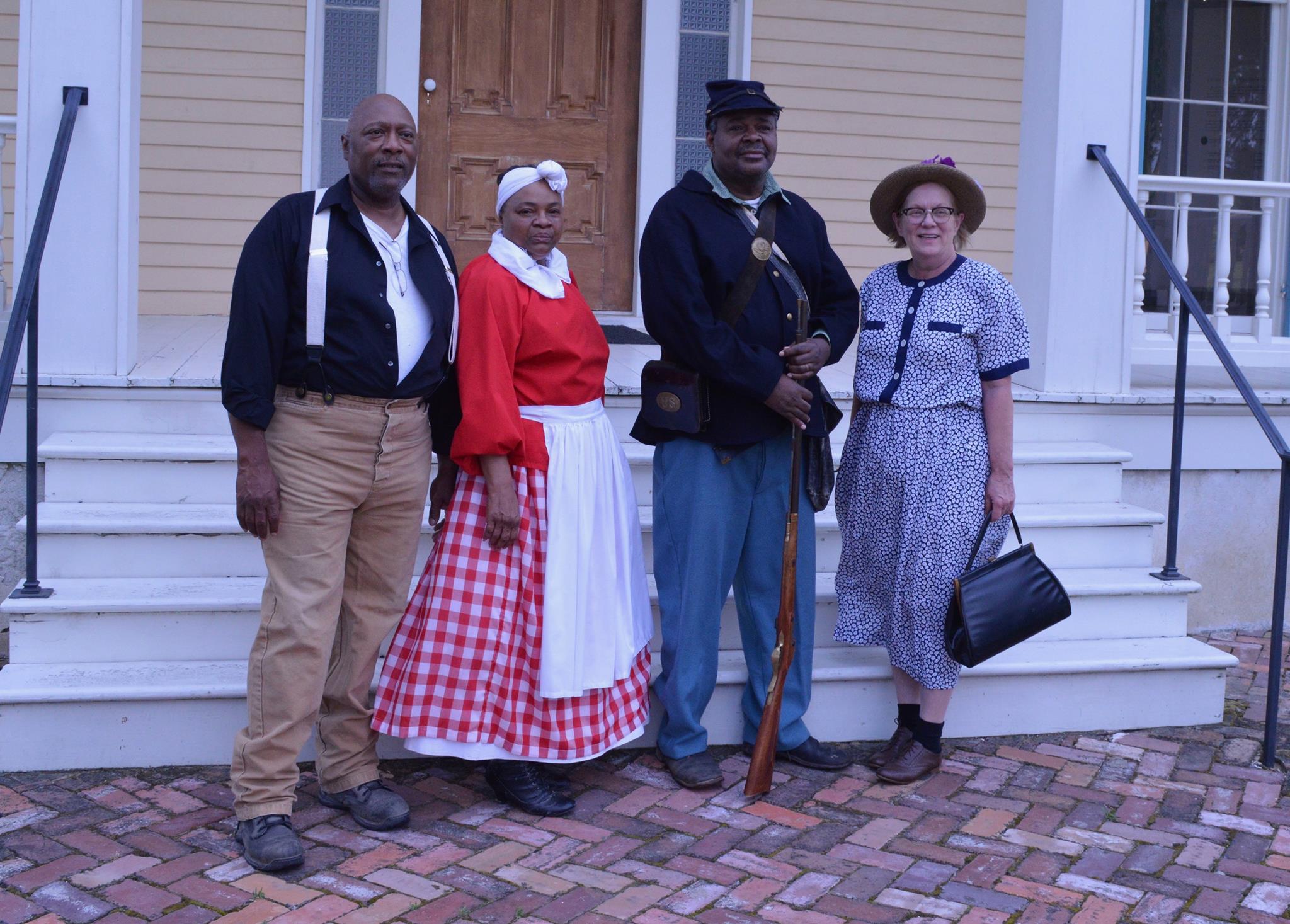
Year Three: Historic Arkansas Museum
The program took place at the Brownlee House at the Historic Arkansas Museum in Little Rock, the state’s capitol. The Museum is a living history museum that includes historic buildings from Little Rock’s founding in the 1830s. The program maintained its core components with Joseph McGill, Jerome Bias, and Dr. Jodi Skipper. Day One, Bias cooked a feast of roast chicken, collard greens, and cornbread. McGill talked about the Slave Dwelling Project and slept in the Brownlee kitchen, and Aisha Credit, Amelia Matlock, and Maria Jones, living history actors at Historic Arkansas Museum, performed their characters including Tabby, an enslaved laborer owned by the Brownlees.
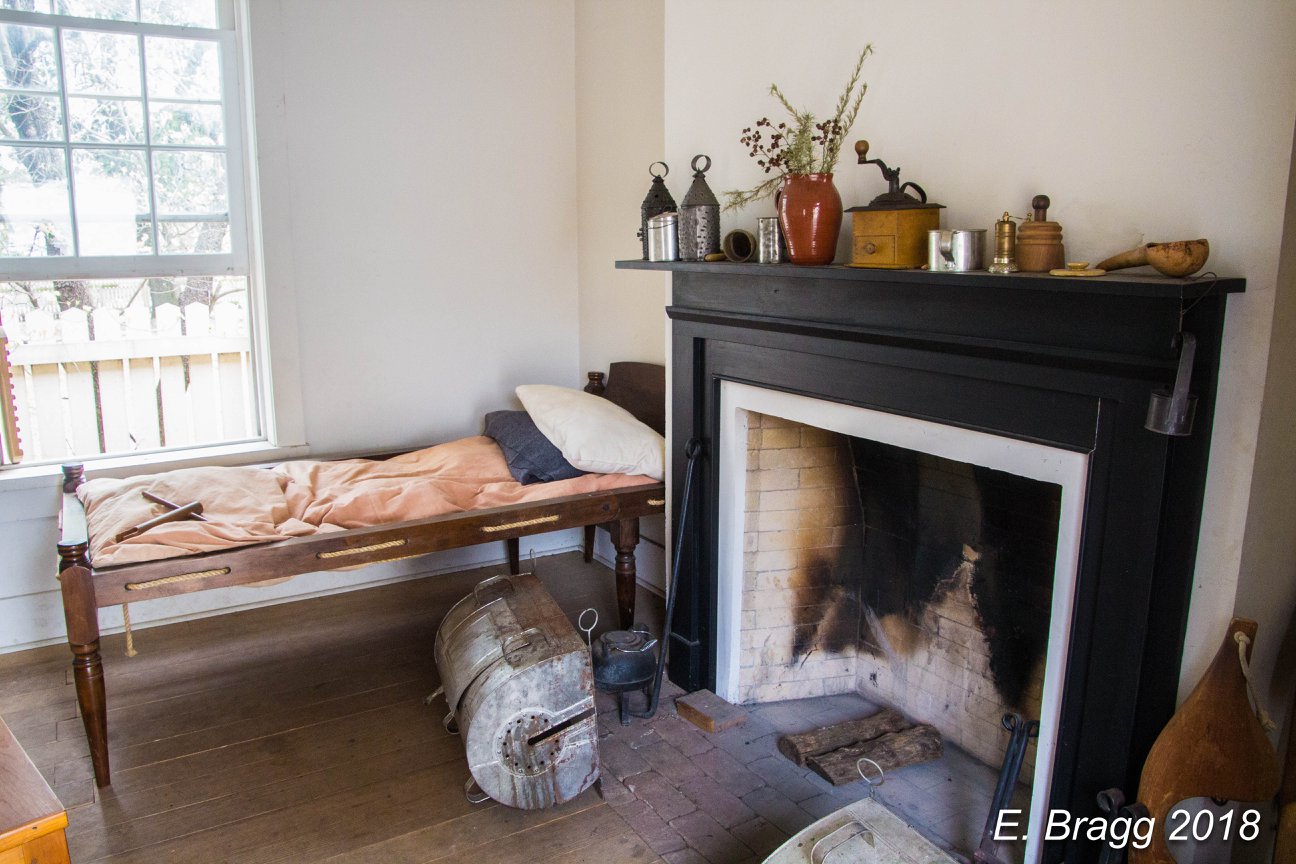
On Day Two, Dr. Jodi Barnes talked about the archaeology of the Brownlee kitchen and what it says about Tabby’s life. Credit and Felicia Richardson, another living history actor at Historic Arkansas Museum, performed two of their characters from other sites in Little Rock. They also talked about how they got into character and did the research and writing required to do living history of urban enslaved laborers. Historic Arkansas Museum staff talked about the artifacts housed at the museum that they know are made by enslaved crafts people. Bias talked about his experience with archaeologists at Monticello in Virginia and how this informed his cooking; McGill about the Slave Dwelling Project; and Skipper about heritage tourism, slavery, and race.
Future Programming
The Arkansas program is ever changing as program developers try to balance providing the right amount of background information and tools for people to put into practice. In the upcoming years, they intend to include more panels and other formats to create more dialogue, and think about ways to provide more useful tools for people to do their own research or develop their own programs. They are considering a Story Corps-like component where people could record their stories, a format that will reach more students, and borrowing ideas from Montpelier’s slavery interpretation projects.